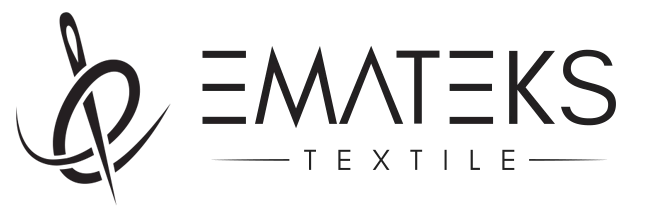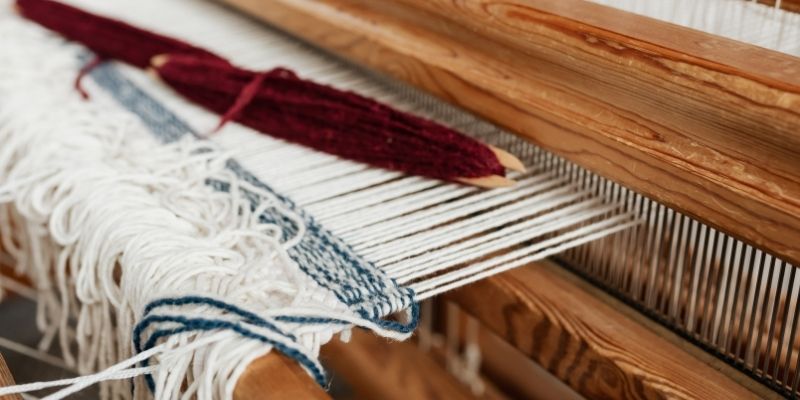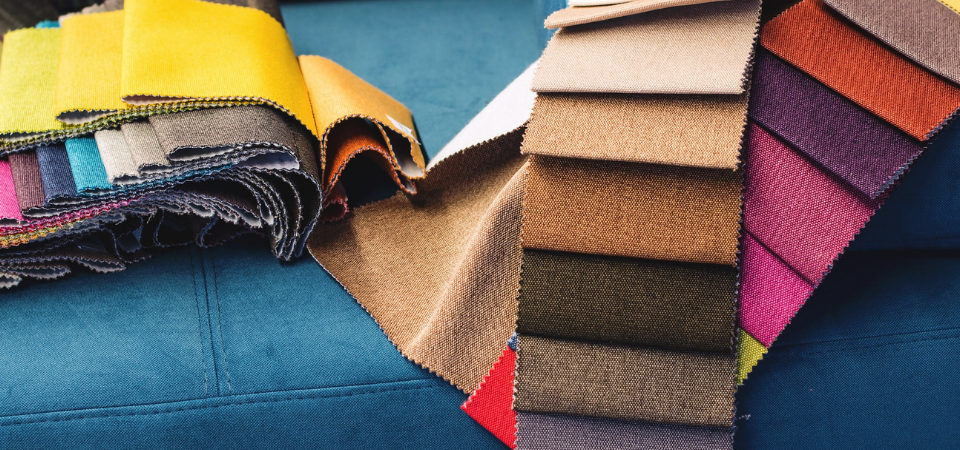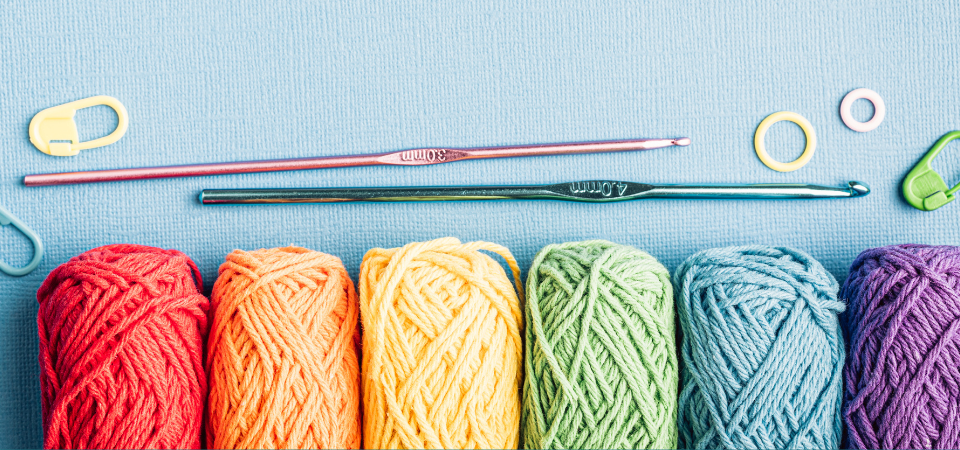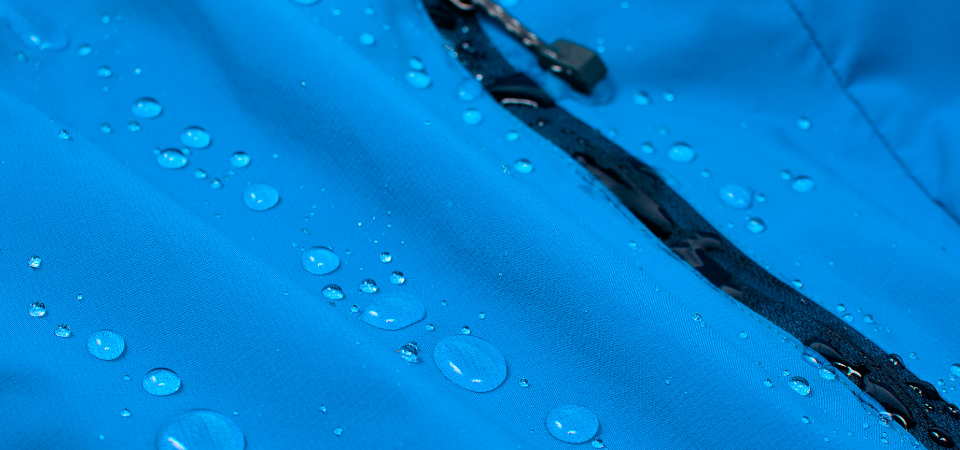
A Comprehensive Guide to Textile Technology Trends
November 10, 2023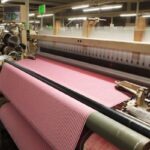
Creative Ways to Repurpose Factory Fabric Remnants
November 14, 2023There are a lot of varieties and techniques to get fabric in the textile industry. Each technique gives the fabric a unique look and is also effective in determining the properties of the fabric. The technique used in knitting fabrics is very important. There are many different types of weaves in fabric. Minor changes to the knitting technique cause other looks. Features such as appearance, area of use, durability, flexibility, and cover-up also vary depending on the type of knitting used. In general, a fabric factory has the equipment and raw materials needed to make various types of weaves in fabrics. In this way, different types of weaves in fabrics such as plain, twill, jacquard or mock leno appear. Different types of weaves in fabric, properties and usage areas are discussed in this article.
Understanding Types of Weaves in Fabric
There are different fabrics and different types of weaves that come out first in the textile industry. This variety ensures that the designs are also diverse. There are different threads and different techniques used to obtain different braids. Each technique changes the appearance of the braid, adding various features and is also called according to this appearance. There are many used types of weaves in fabric: Plain, twill, satin, and basket.
Plain Weave: The Simplest and Most Common
Plain weave is the most preferred knitting type in the textile industry. It is a simple, low-cost, durable, and eye-catching knitting type. Each of the warp threads is passed over each weft thread and this type of knitting appears. Warp threads alternately make this transition, so this process is quite simple. The simplest of them is known as pea knitting. The most common types of fabric of this knit are pancakes, taffeta, and poplin, but this list can be extended. Types of weaves in fabric are one of the ideal choices for tight surface and durability.
Twill Weave: Versatile and Textured Fabrics
Twill plain is a type of fabric that attracts attention with its stunning and unique appearance. There is a cross line formation on the fabric, which makes the fabric eye-catching. It is mostly preferred in ornamental textile products. This type of weave in fabric is a heavier fabric compared to plain weave and its cover is high. For a simple twill weaving, threads are moved out and up, and this technique gives the fabric a cross view. It is a very strong type of fabric as it is a tightly woven type of weaves in fabric. A wide variety of vivid looks are obtained in the fabric using yarns of different colors.
Satin Weave: Luxurious and Shiny Fabrics
Among types of weaves in fabric, satin weave is a type of fabric that does not have a regular knitting look. It is generally known as a reflection of luxury, it has a bright, eye-catching appearance. Floating threads are used on one side of the fabric for this knit, and these threads are preferred for shine. Warp thread and weft thread interlock in a repetitive unit to form this type of knitting. Compared to the types of weaves, it has the least interlocking rate, so its surface is extremely smooth and shiny. When cotton warp and silk filling are used, the majority of the silk appears on the fabric surface. Although it use in various areas, it stands out especially in women’s clothing. This type of weave in fabric is used in clothing products like dress and shirts, as well as accessories and home textiles. This fabric stands out as a primer for the dresses.
Basket Weave: A Variation of Plain Weave
Inside types of weaves in fabric, basket weave is a type of knitting derived from plain weaving. It usually occurs with two or more filling threads and a technical mediator in which two or more warp threads are knitted together. It is versatile in terms of feature and can be produced in many different ways and in different weights. It is very diverse to use in clothing products, from shirt and suit fabric to home textile upholstery fabric. Basket braids produced by cotton are easy to maintain and wrinkle resistant.
Jacquard Weave: Complex and Patterned Fabrics
Another remarkable type of weave in fabric is jacquard weave. This fabric has a combination of straight, twill and satin knitting types, and it is possible to understand this when carefully looking at the fabric. It is a very ideal choice for textile products produced for decorative purposes because it has a colorful and diverse design possibilities. Although it is a high-cost fabric, its design is resistant to wear as it is durable. The quality of the overall fabric varies depending on which fiber is used. There are also varieties such as brocade and damask.
Dobby Weave: Adding Texture and Design
Among types of weaves in fabric, dobby weave is a type of knitting fabric whose technique dates back to ancient years and is produced on a pearl bench. A tool named dobby is needed to touch the counter. According to the technique used, the threads in the fabric are manipulated. In other words, warp threads are removed and lowered separately, and as a result geometric patterns appear. It is suitable for production from different yarns such as silk, cotton, and polyester. Its texture tends to be a little fluffier if fine yarn is preferred.
Herringbone Weave: Zigzag Patterns in Fabrics
Herringbone weave is a derivative of twill weave, even called the broken twill. During twill knitting, the cross pattern is continued in one direction, but the herringbone knitting changes direction, which allows a different pattern to appear. A versatile, sophisticated knit with a look similar to the bone of herring fish appears. It is a preferred type of weave in fabric especially in early clothing and is used very often in everyday wear. It is preferred in the fabric of clothing products such as suits and skirts, thanks to its versatile features and appearance. It is known as a versatile fabric as it is a tailoring fabric that can be easily used in winter clothing products or summer clothing. It is relatively heavy in structure and quite elegant in appearance. Whichever clothing is preferred, it offers a remarkable look. It is also noteworthy that the stain holding feature and wrinkle are low, with high cover and durability.
Mock Leno Weave: A Delicate Open Weave
Among types of weaves in fabric, mock leno knit is a type of weave in fabric made with locking technique. Two or more warp threads are interlocked and locked with one or more filling threads. This technique is important for the threads not slipping. This knitting is produced in the form of 4 quarters. While the part in the first and third quarters has a symmetrical appearance, the part in the second and fourth quarters is not symmetrical. The type of weaving seen in perforated fabrics is made with this knitting technique.
Leno Weave: Creating Stable and Open Fabrics
Leno weave is also called gauze. In the technique used, warp thread pairs are bent over each filling thread transition. It emerged as a derivative of a knitting technique, the origin of which dates back to the very old years and was formerly known as twine. The pattern that occurs with bending is geometric and eye-catching in this view. It is preferred in the construction of thermal blankets and curtain fabrics.
